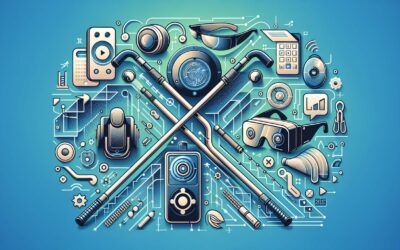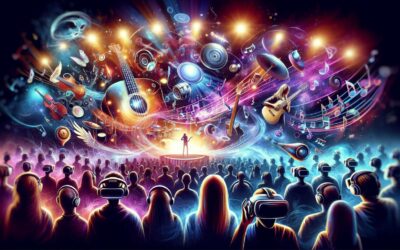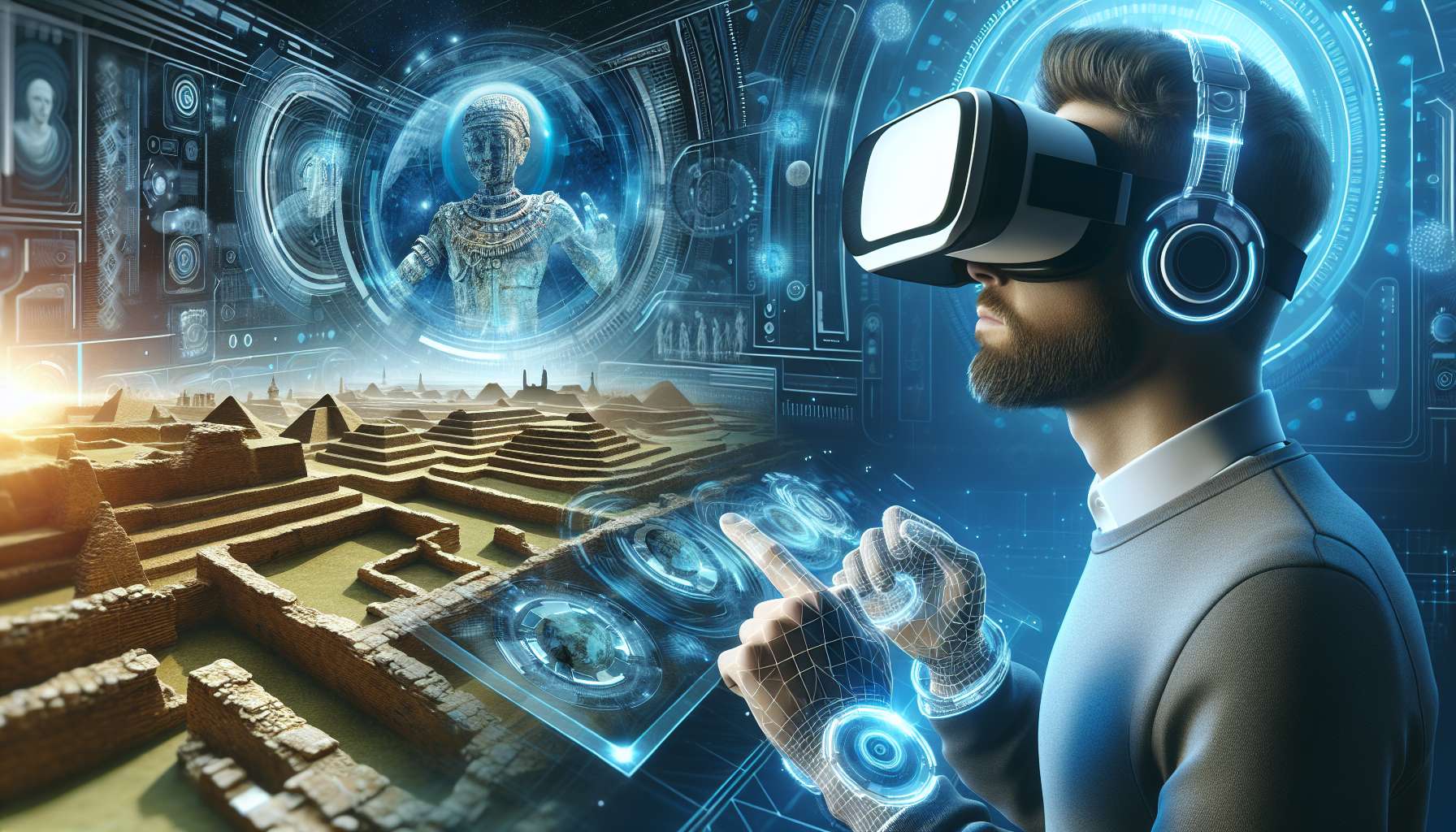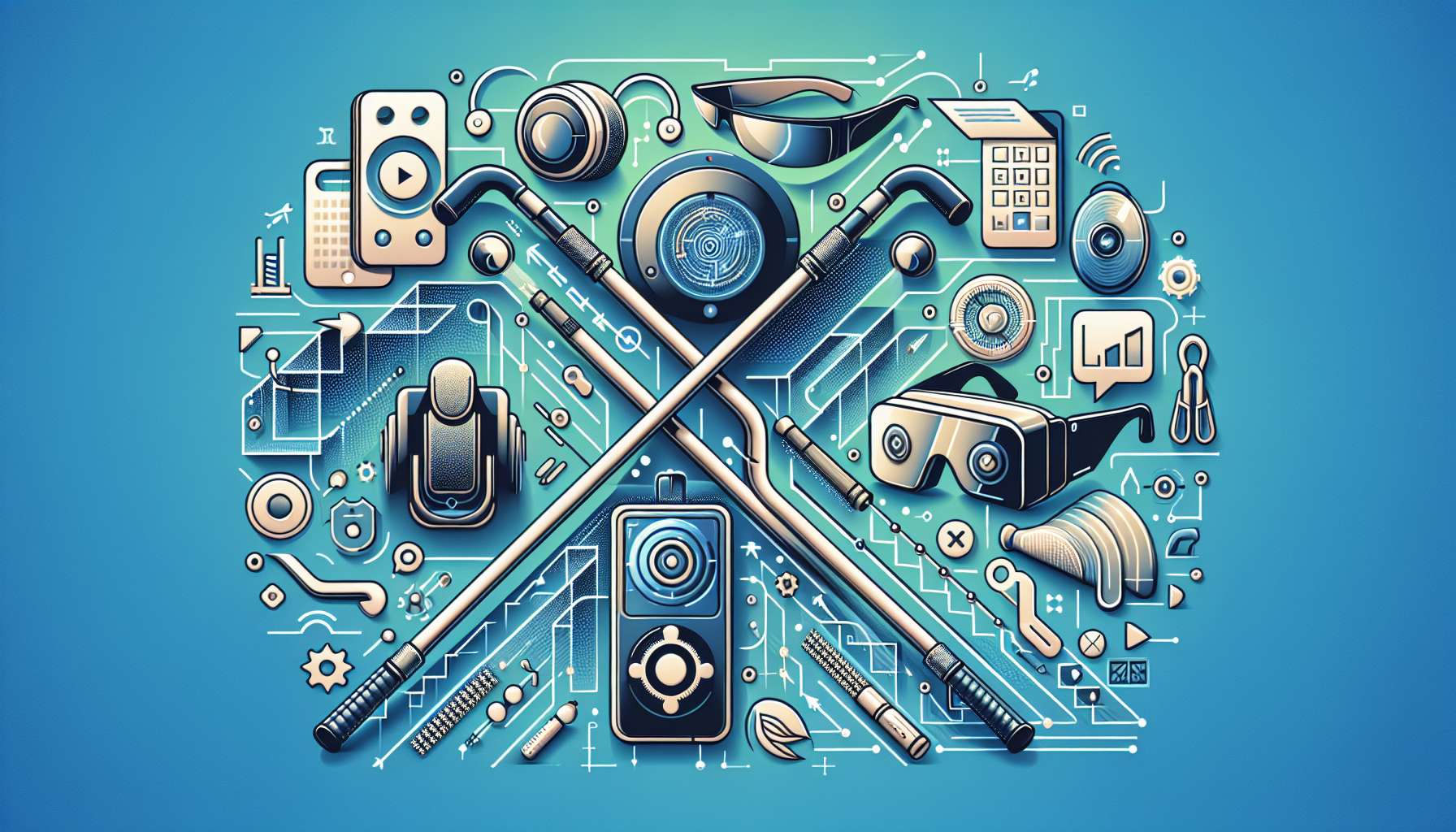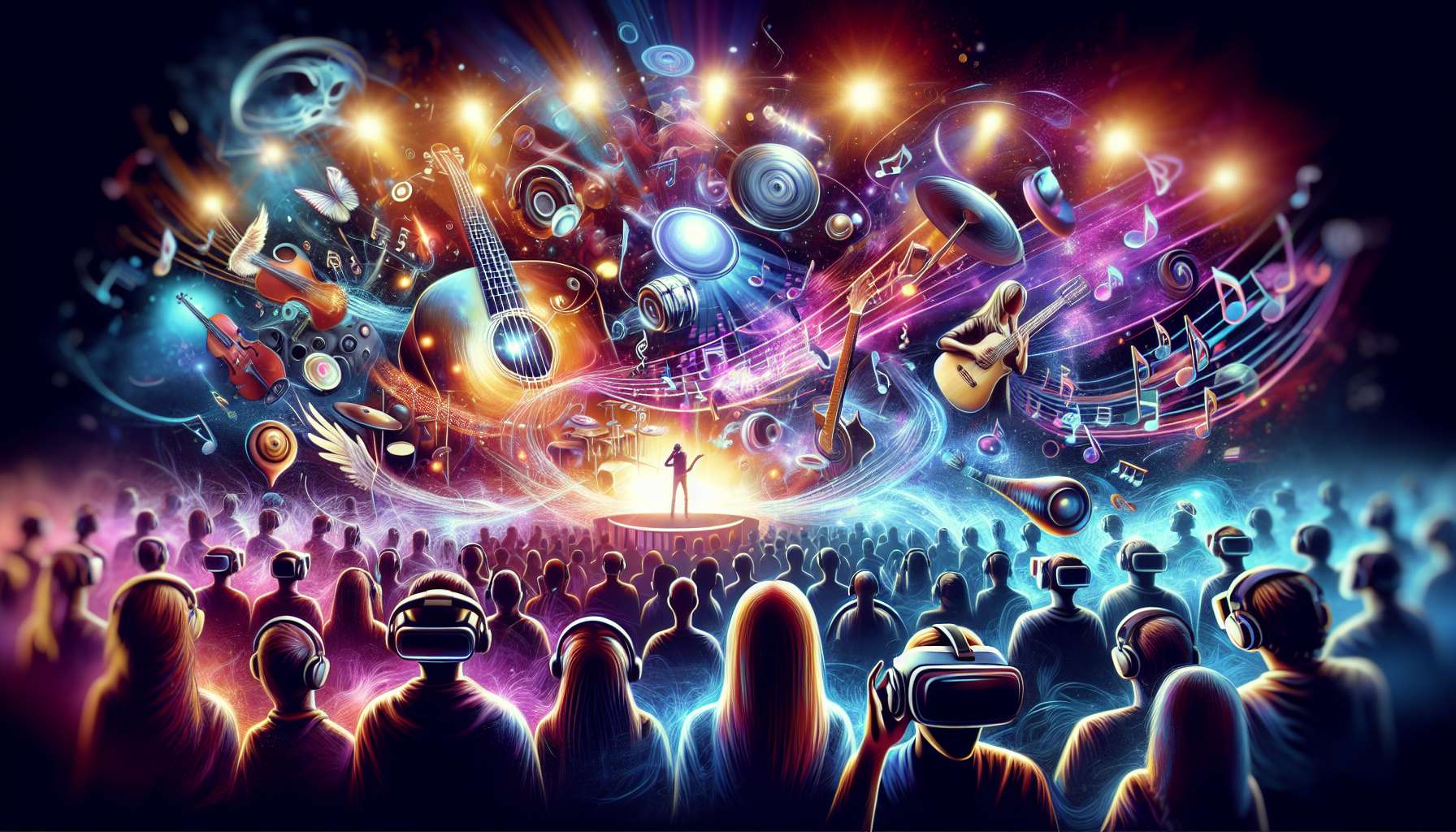The Intersection of Virtual Reality and Archaeology
Virtual Reality (VR) technology has revolutionized the way we experience and interact with the world around us. One fascinating application of VR is in the field of archaeology, where it is being used to reconstruct ancient sites and artifacts in immersive digital environments.
Enhancing Archaeological Reconstructions
Traditional methods of archaeological reconstruction often rely on physical artifacts, historical records, and artistic interpretations to piece together the past. While these methods have been invaluable in understanding ancient civilizations, they are limited in their ability to provide a truly immersive experience.
VR technology offers a new dimension to archaeological reconstructions by allowing researchers to create detailed 3D models of ancient sites and artifacts. By donning a VR headset, users can explore these reconstructions as if they were actually there, gaining a deeper understanding of the historical context and significance of the objects.
Preserving Cultural Heritage
One of the key benefits of using VR for archaeological reconstructions is the preservation of cultural heritage. By digitally recreating ancient sites that may have been damaged or destroyed over time, researchers can ensure that future generations have access to these important historical landmarks.
Furthermore, VR reconstructions allow archaeologists to experiment with different scenarios and hypotheses without risking damage to the original artifacts. This experimental approach can lead to new insights and interpretations of the past that may have been overlooked using traditional methods.
The Future of Archaeology
As VR technology continues to advance, the possibilities for archaeological reconstructions are endless. Imagine being able to walk through the streets of ancient Rome, explore the pyramids of Egypt, or uncover the mysteries of Machu Picchu – all from the comfort of your own home.
With VR, archaeology is no longer confined to dusty artifacts and static displays in museums. It has become a dynamic and interactive field that invites people to actively engage with the past in ways that were previously unimaginable.
- Immersive 3D reconstructions
- Preservation of cultural heritage
- Experimental archaeology
- Interactive learning experiences
Virtual Reality is truly transforming the way we explore and understand our shared history. By combining cutting-edge technology with the timeless pursuit of knowledge, archaeologists are paving the way for a new era of discovery and exploration.


